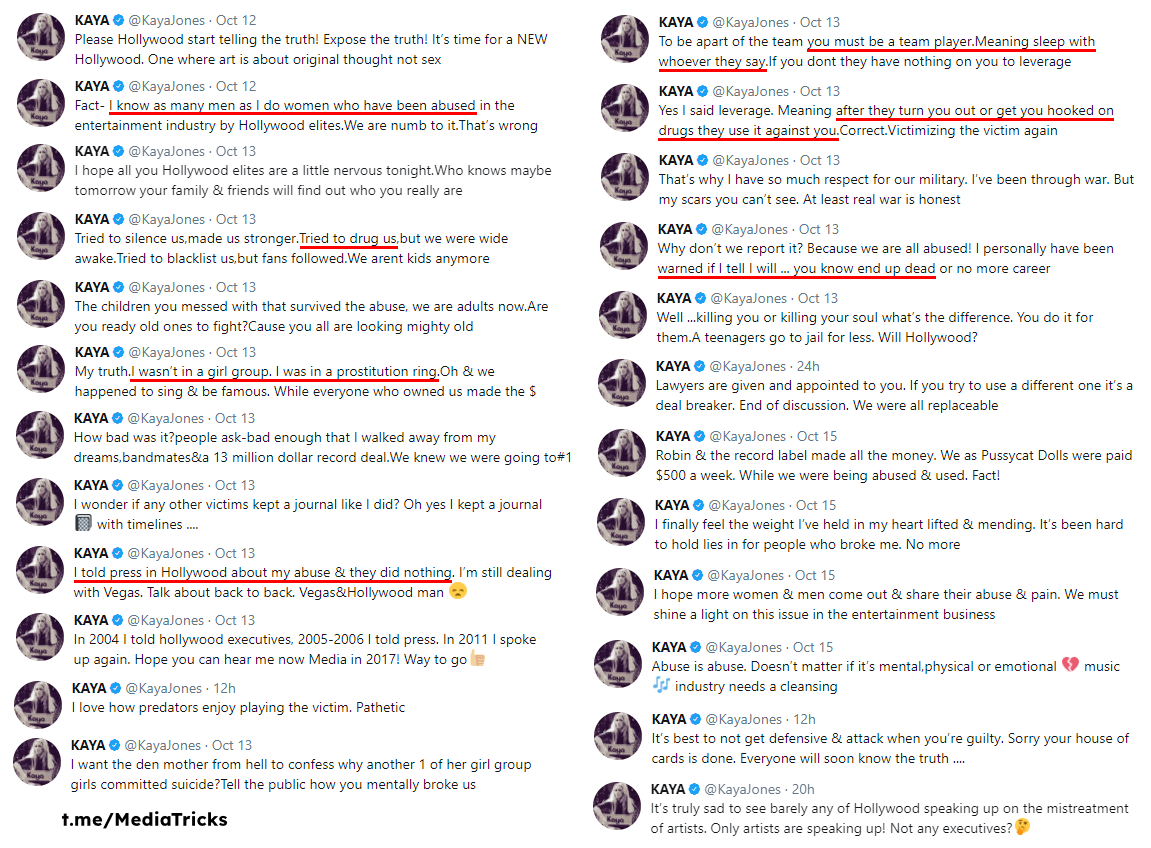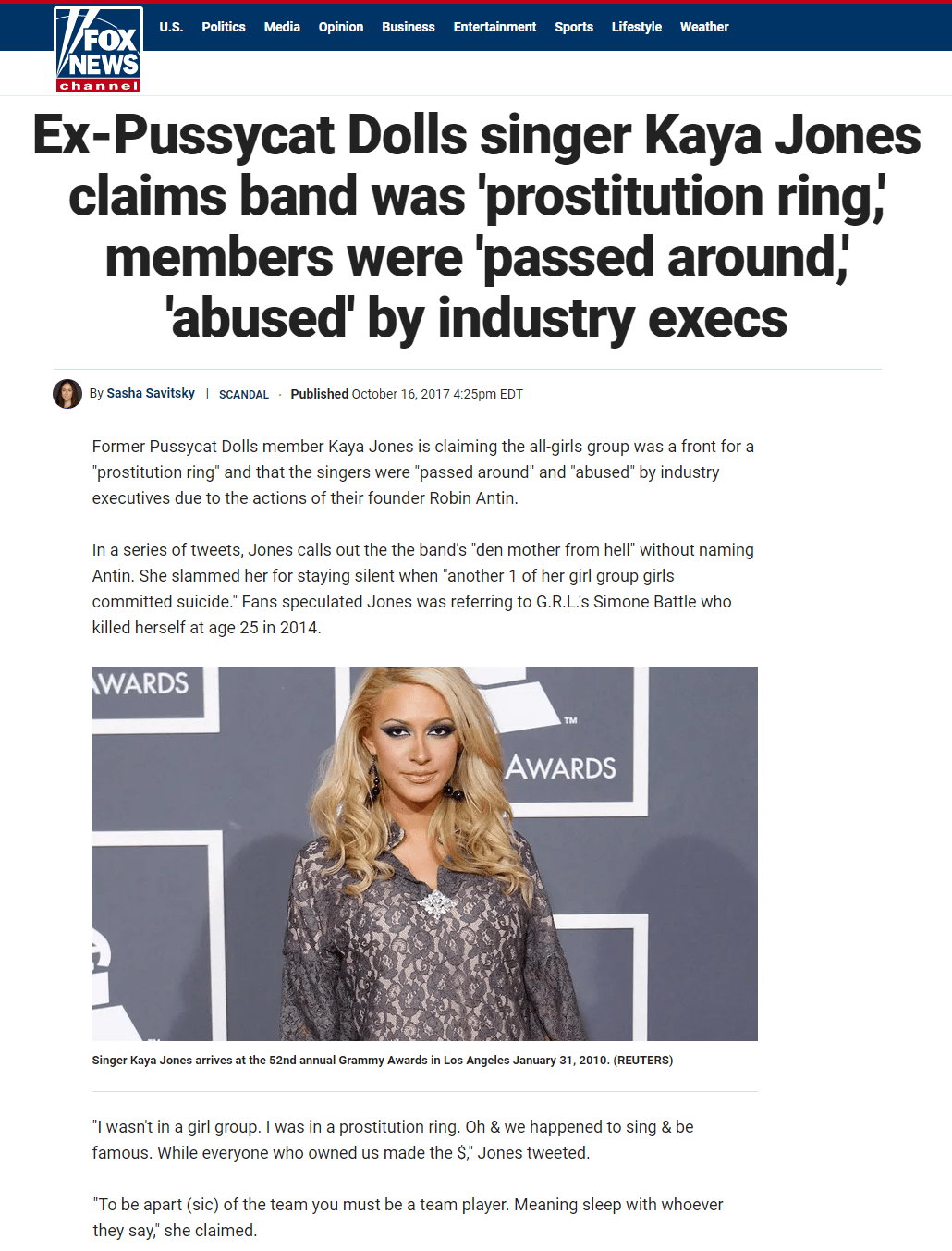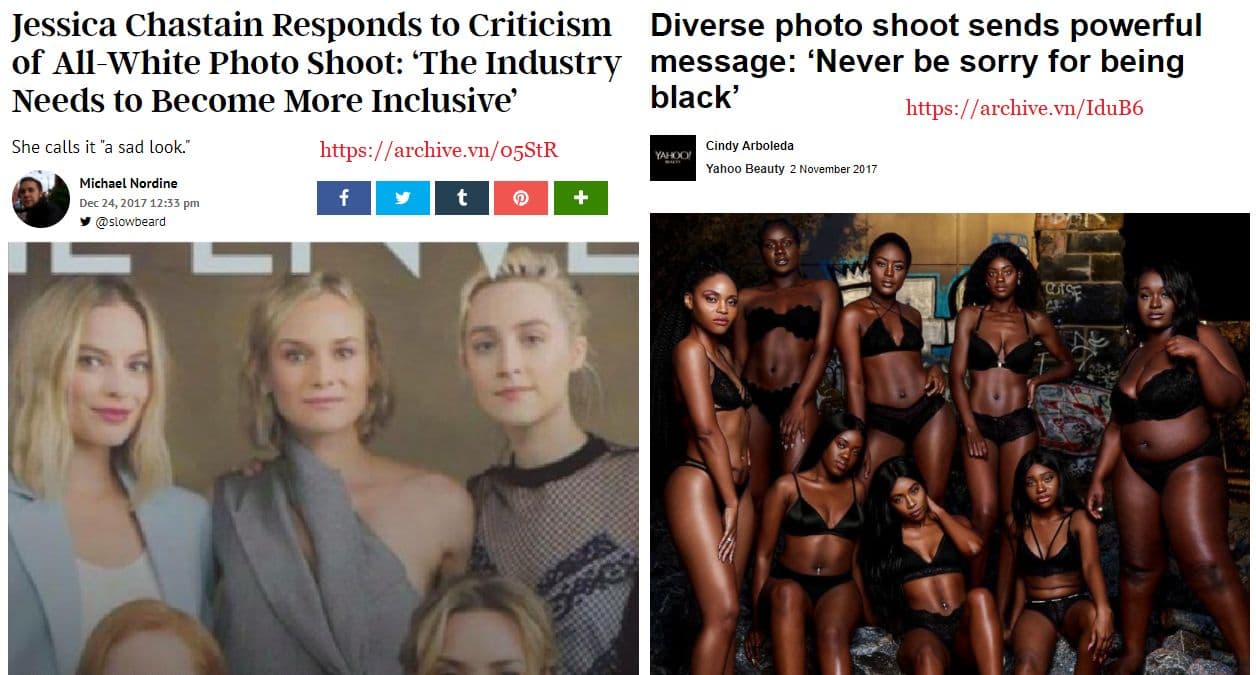fashion
Ex-Pussycat Dolls singer says band was prostitution ring, members were passed around, abused by industry executives — Says Hollywood journalists refused to run her story
Facebook reveals how Instagram is turning teen girls insane
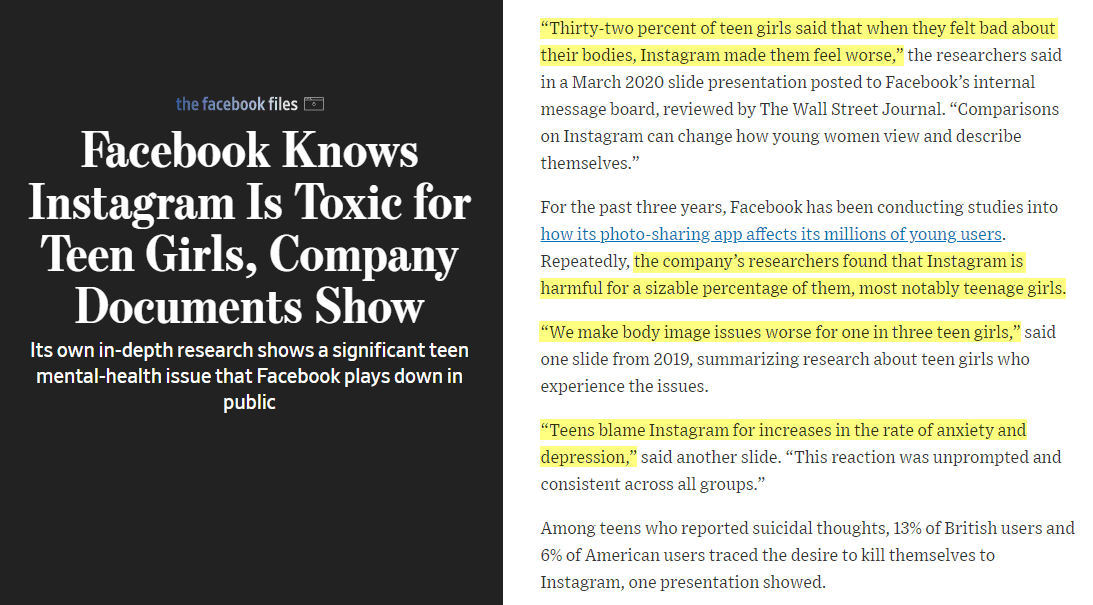
Source: https://archive.ph/LH7PQ
Dancing Mania and other social contagions
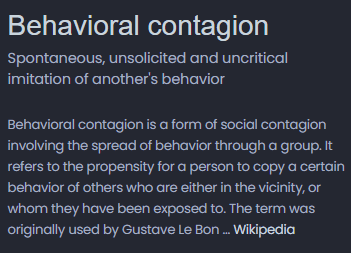
Dancing mania (also known as dancing plague) was a social phenomenon that … involved groups of people dancing erratically, sometimes thousands at a time … until they collapsed from exhaustion and injuries.
![The outbreaks of dancing mania varied, and several characteristics of it have been recorded. Generally occurring in times of hardship, up to tens of thousands of people would appear to dance for hours, days, weeks, and even months.
Women have often been portrayed in modern literature as the usual participants in dancing mania, although contemporary sources suggest otherwise. Whether the dancing was spontaneous, or an organized event, is also debated. What is certain, however, is that dancers seemed to be in a state of unconsciousness and unable to control themselves.
In his research into social phenomena, author Robert Bartholomew notes that contemporary sources record that participants often did not reside where the dancing took place. Such people would travel from place to place, and others would join them along the way. With them they brought customs and behaviour that were strange to the local people. Bartholomew describes how dancers wore "strange, colorful attire" and "held wooden sticks".
Robert Marks, in his study of hypnotism, notes that some decorated their hair with garlands.[7]: 201 However, not all outbreaks involved foreigners, and not all were particularly calm. Bartholomew notes that some "paraded around naked" and made "obscene gestures". Some even had sexual intercourse. Others acted like animals, and jumped, hopped and leaped about.
They hardly stopped, and some danced until they broke their ribs and subsequently died. Throughout, dancers screamed, laughed, or cried, and some sang. Bartholomew also notes that observers of dancing mania were sometimes treated violently if they refused to join in. Participants demonstrated odd reactions to the color red; in A History of Madness in Sixteenth-Century Germany, Midelfort notes they "could not perceive the color red at all", and Bartholomew reports "it was said that dancers could not stand... the color red, often becoming violent on seeing [it]".](https://mediatricks.org/wp-content/uploads/2022/03/dancing-mania.png)
Imagine the spread of dysfunctional social contagions now that social media has burst onto the scene..
Hollywood Stars Inject ‘Foreskin Facial Cream’ Made From Korean Babies
The War on Health & Beauty
They want you sad, sick, alone, and stupid.

Doesn’t even look human.
Once again, the gigantic Hearst Corporation twists what is normal to manipulate you into a parallel reality.
The Beauty Magazine Monopoly
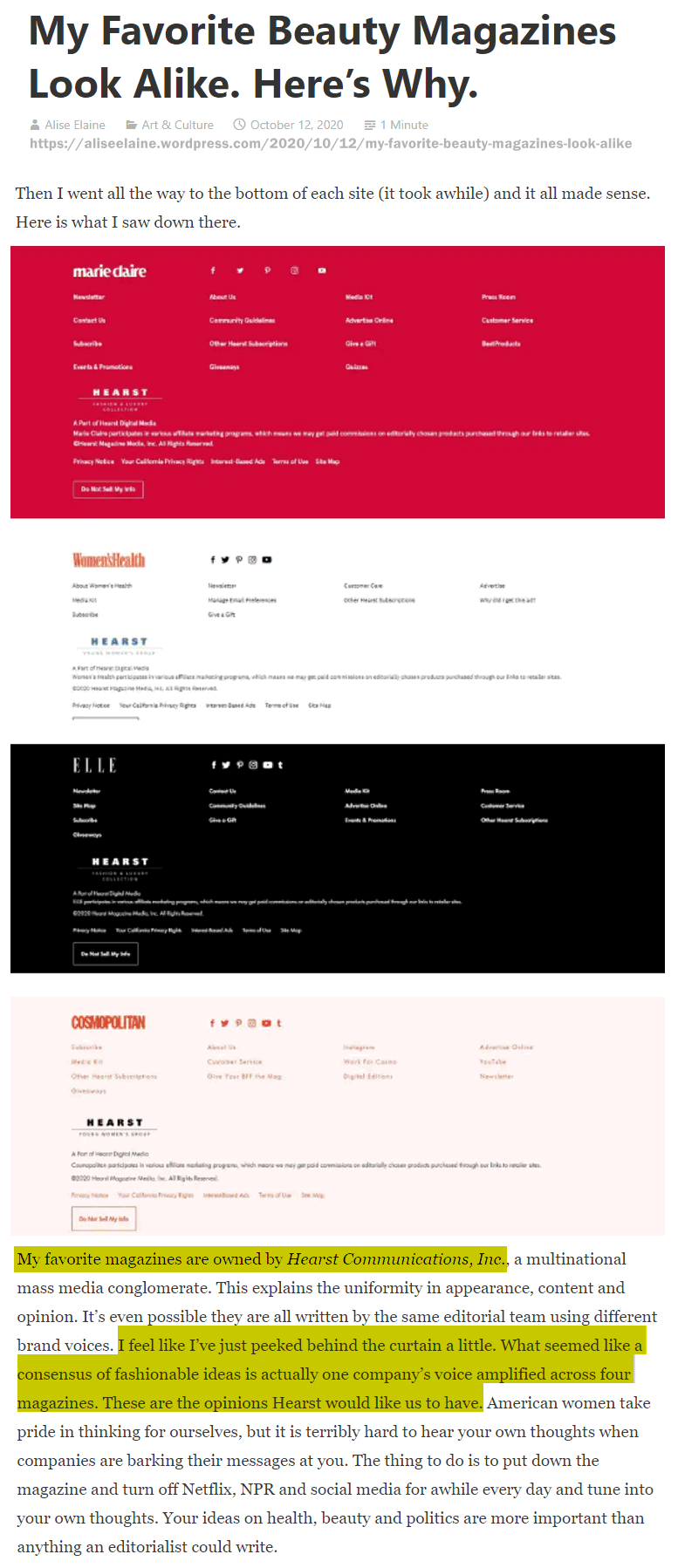
All pumping out the same Cultural Marxist racial propaganda… one media conglomerate pretending to be a leftist social consensus:
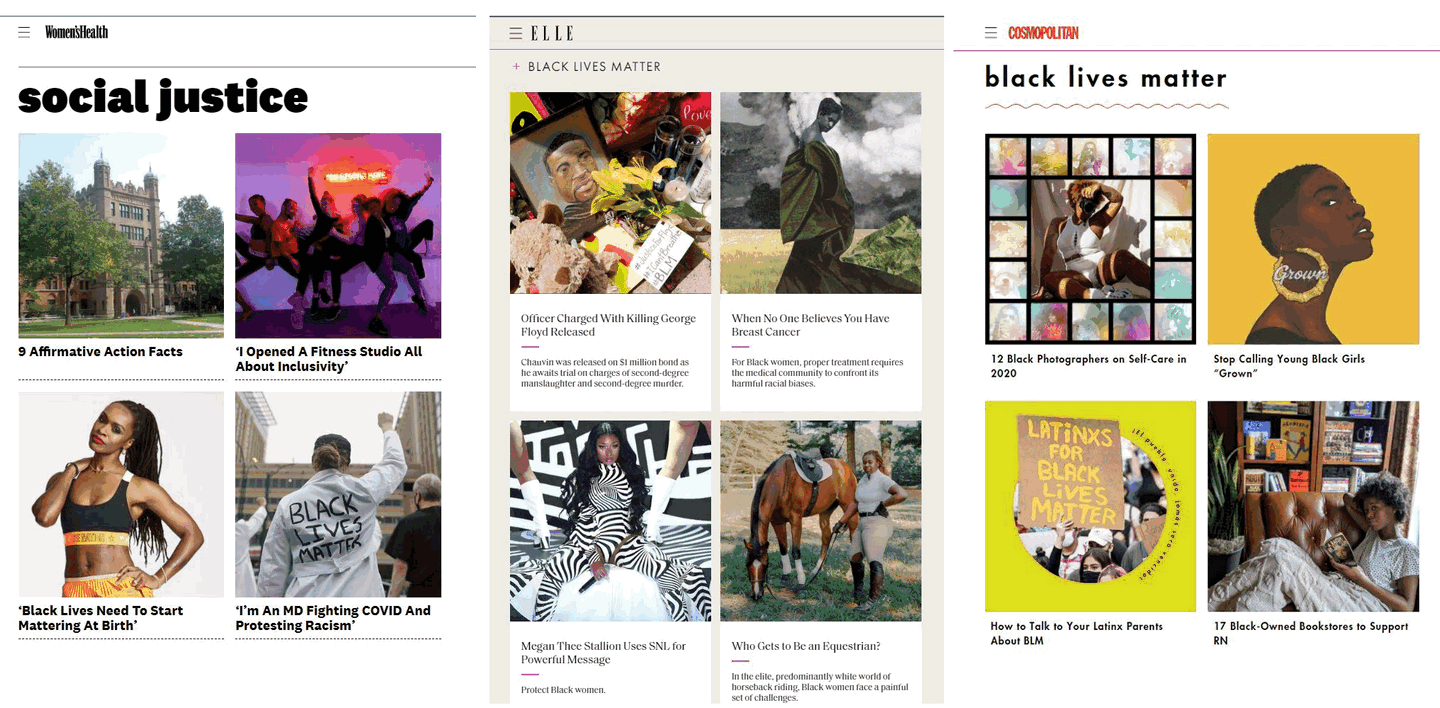
Some of the assets owned by the Hearst corporation:
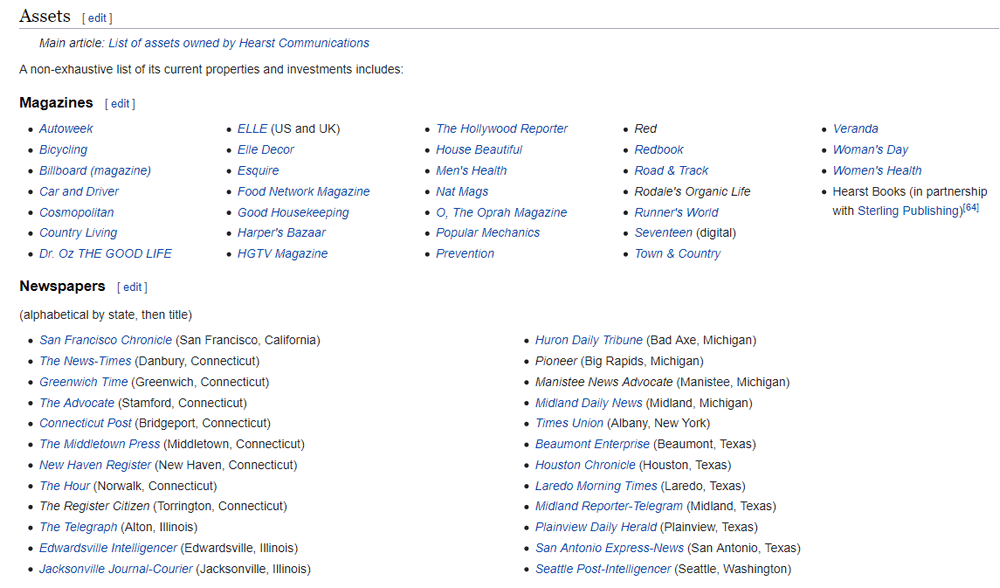
Source: https://aliseelaine.wordpress.com/2020/10/12/my-favorite-beauty-magazines-look-alike

